“Electric Fever”: Streetlights Come to Eureka
| Humboldt County has its fair share of mills burning down due to equipment malfunctions and oil lamps breaking, which would catch the rampant sawdust, oil, and other materials present in the mill on fire. In Humboldt County at this time, the lumber companies were the ones with enough money and more than adequate reason to invest in the infrastructure for bringing electricity to town- the electric light would hopefully reduce the likelihood of a mill burning down, having to be rebuilt, and the loss of productivity while the mill was being reconstructed. |
 From Steve Lazar's Jesse A. Meiser Scanned Postcard collection.
From Steve Lazar's Jesse A. Meiser Scanned Postcard collection. We’ll Leave a Light on For You: Electricity in the Homes of Eureka Residents
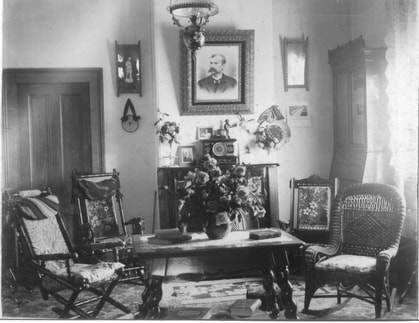
Expanding the Reach of Electricity: A Tale of Two Electrical Companies
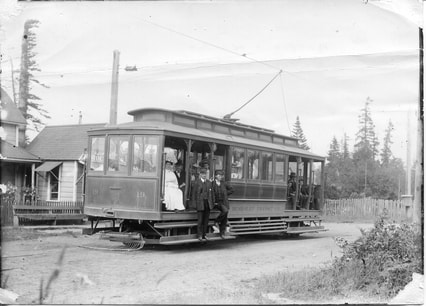
| The power line connecting Eureka and the power plant went over some of the most rugged, hilly, and difficult to traverse land in this part of California due to not only the terrain but the heavily forested nature of the land. “To give you an idea of the ruggedness of the terrain,” William H. Wonderly in a Humboldt Historian Article from 1985 titled “1885-1985 Notable Anniversaries” states “the total rise and fall measured vertically, not including minor gulches, was 44,900 feet (eight and one half miles), equivalent to a climb from sea level to the top of the highest peaks in the Andes and back again.” |
Powering the Shipyards
| In 1917, Bonds and Mortgages magazine from Chicago, Illinois, mentions that “The Eureka, California division of the Western States Gas & Electric Company [which was later purchased by what became Pacific Gas and Electric] has completed laying its 11,000 volt cable across Humboldt Bay to supply electricity to shipyards and other industries in that district. The shipyards are exceptionally active not, and eight keels for new boats have recently been laid. Two new bank buildings are being erected in Eureka” |

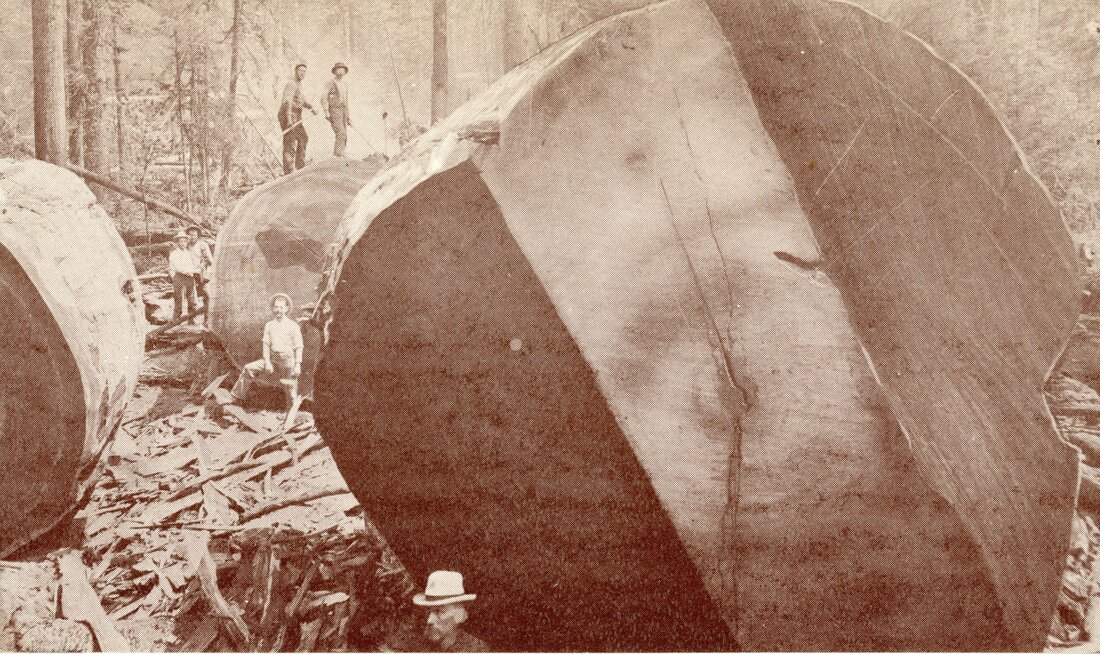
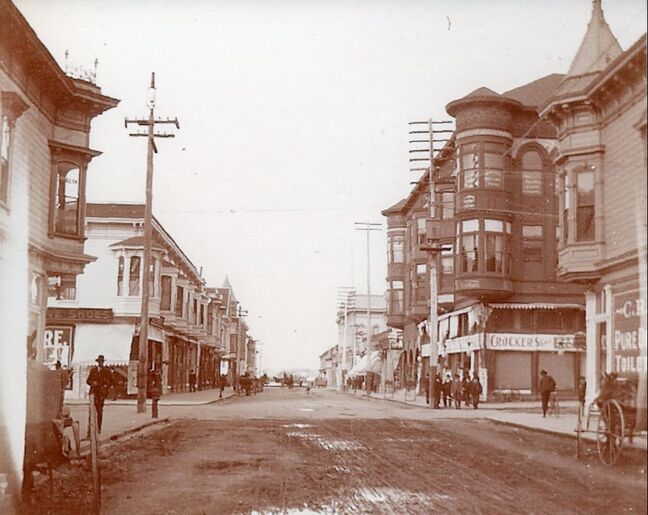
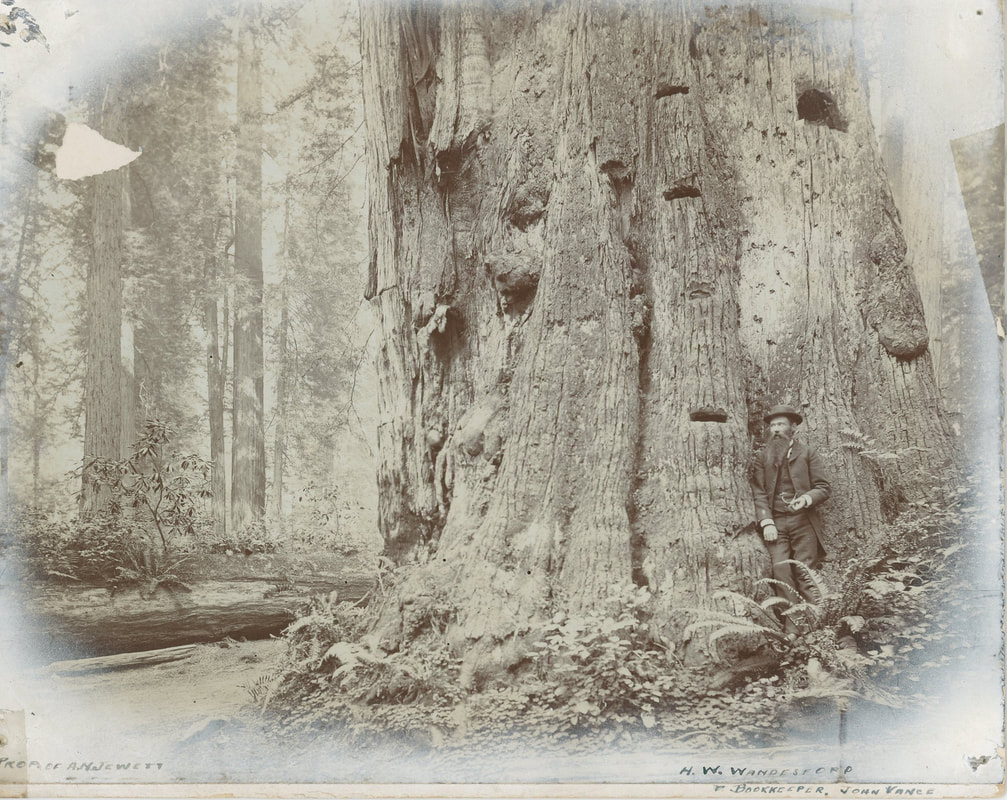
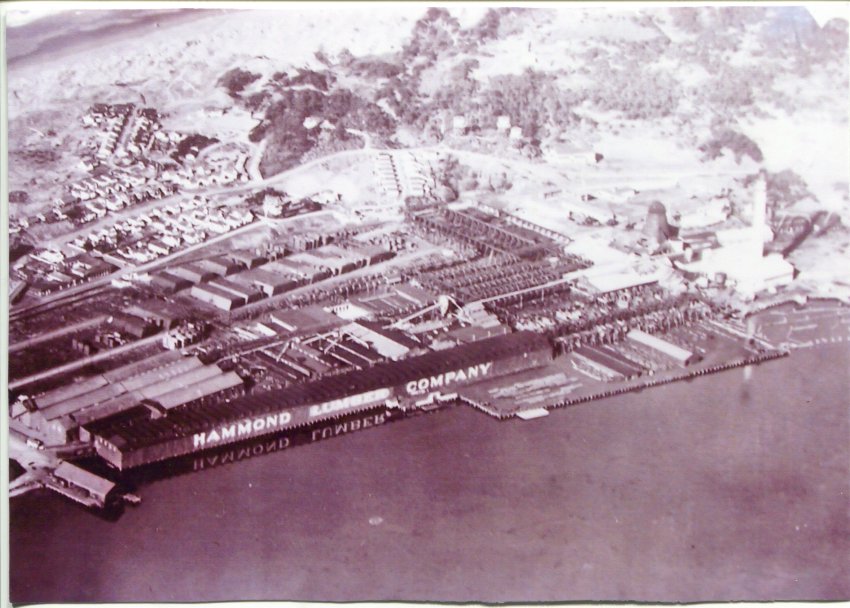
 RSS Feed
RSS Feed